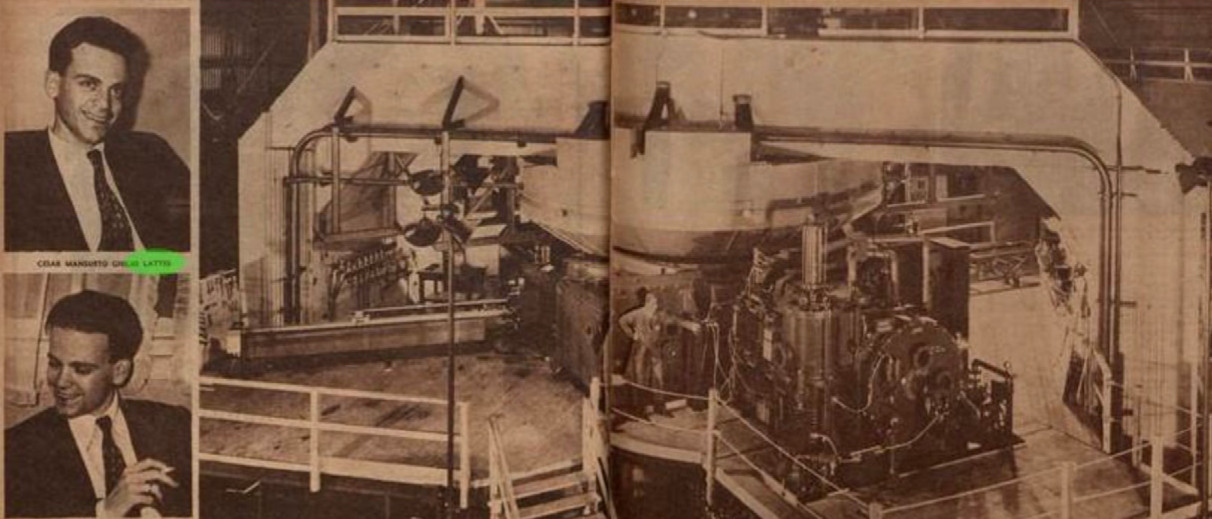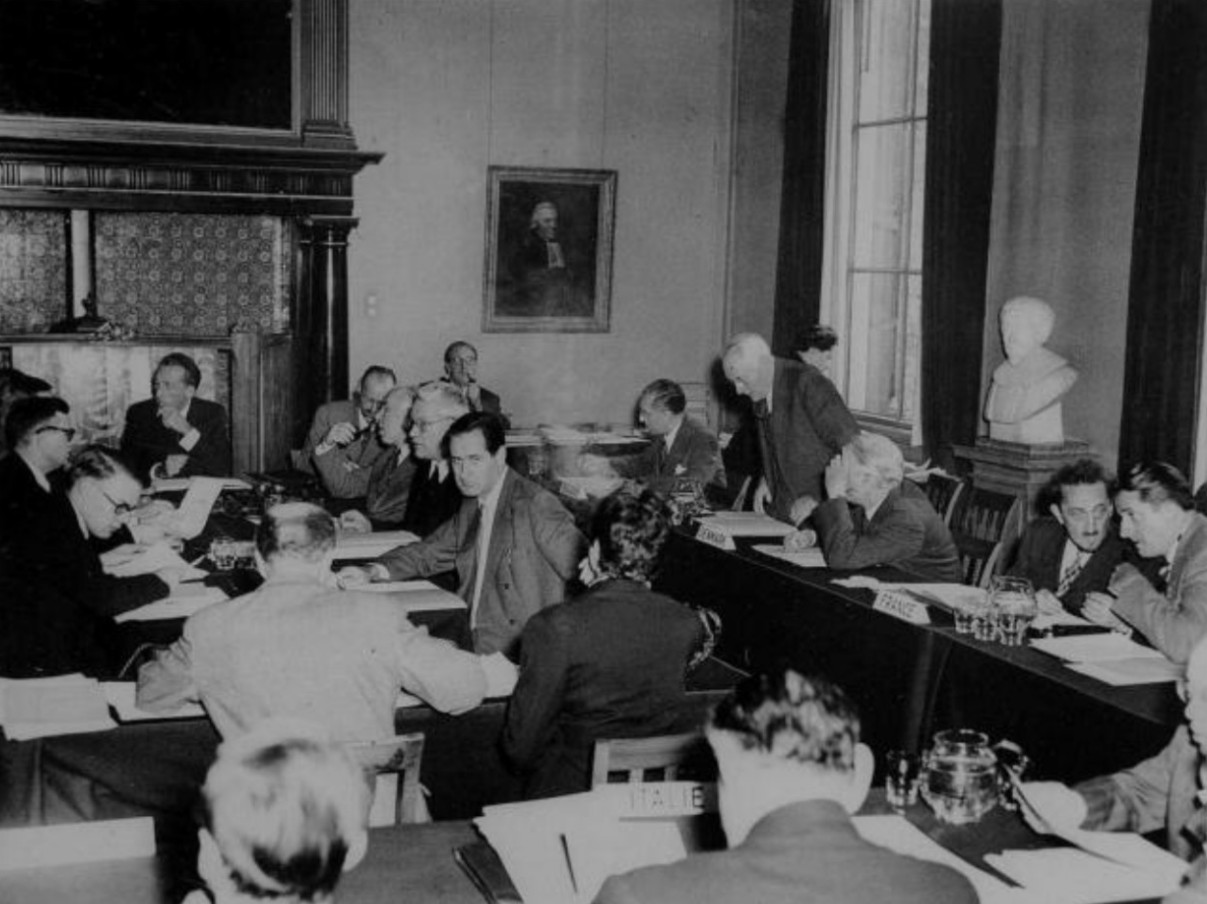The Latin American School, held in 1961, brought together important figures and had a great influence on the development of research in Latin American countries. With the support of UNESCO, the Latin American Center for Physics (CLAF) was created on March 26, 1962.
In 1959, the 1st Latin American School of Physics was held in Mexico. This initial effort was followed by new editions of the School held in Argentina and Brazil.
Encouraged by the success of the School, Latin American physicists, led by Juan José Giambiagi (Argentina), José Leite Lopes (Brazil), and Marcos Moshinsky (Mexico), decided to create a Latin American Center for Physics, an idea that became a reality thanks to the efforts of Gabriel E.A. Fialho, the first Director of CLAF.
After a meeting of experts, held in 1961 in Rio de Janeiro under the auspices of UNESCO, the project for the creation of CLAF was drawn up, and it came into existence on March 26, 1962.
In the 1960s, CLAF prioritized academic training, thanks to an aggressive scholarship program that favored less developed countries in Physics. At the end of the decade and in the 1970s, when the capacity for self-training had already been established in various countries, CLAF supported the exchange of physicists, the creation of Schools, Working Groups, and Latin American Conferences. It is worth noting the holding of the Latin American School of Physics in Oaxtepec, Mexico, in 1968, a true milestone for Latin American Physics given the significant participation of most physicists in the region. In the 1980s, CLAF's attention also turned to interdisciplinary activities of regional interest, aiming for greater integration of Physics and physicists with specialists from other areas.




Courtesy of Augusto Passos Videira
Thus, the aim was to broaden the working horizons for physicists and, at the same time, demonstrate in practice the importance of Science and Technology for the development of Latin American societies, through the solution of concrete problems with economic and social impact. Simultaneously, a postgraduate scholarship program was stimulated as a way to favor collaboration in research between different countries in the region. In the 1990s, long-term programs were established aimed at the utilization of existing or planned experimental facilities in Latin America.
CLAF's performance was evaluated at the end of its first ten years, in 1971, by the Kastler Mission, at the request of UNESCO, in which professors A. Kastler (from France, Nobel Prize in Physics), M. Roche (from Venezuela), and R.N. Little (from the United States) participated. Subsequently, other evaluations were also carried out at the request of UNESCO, held in 1978 in Quito, in 1984 in Rio de Janeiro, and most recently in 2000. In all these evaluations, the conclusions were highly favorable regarding CLAF's performance.